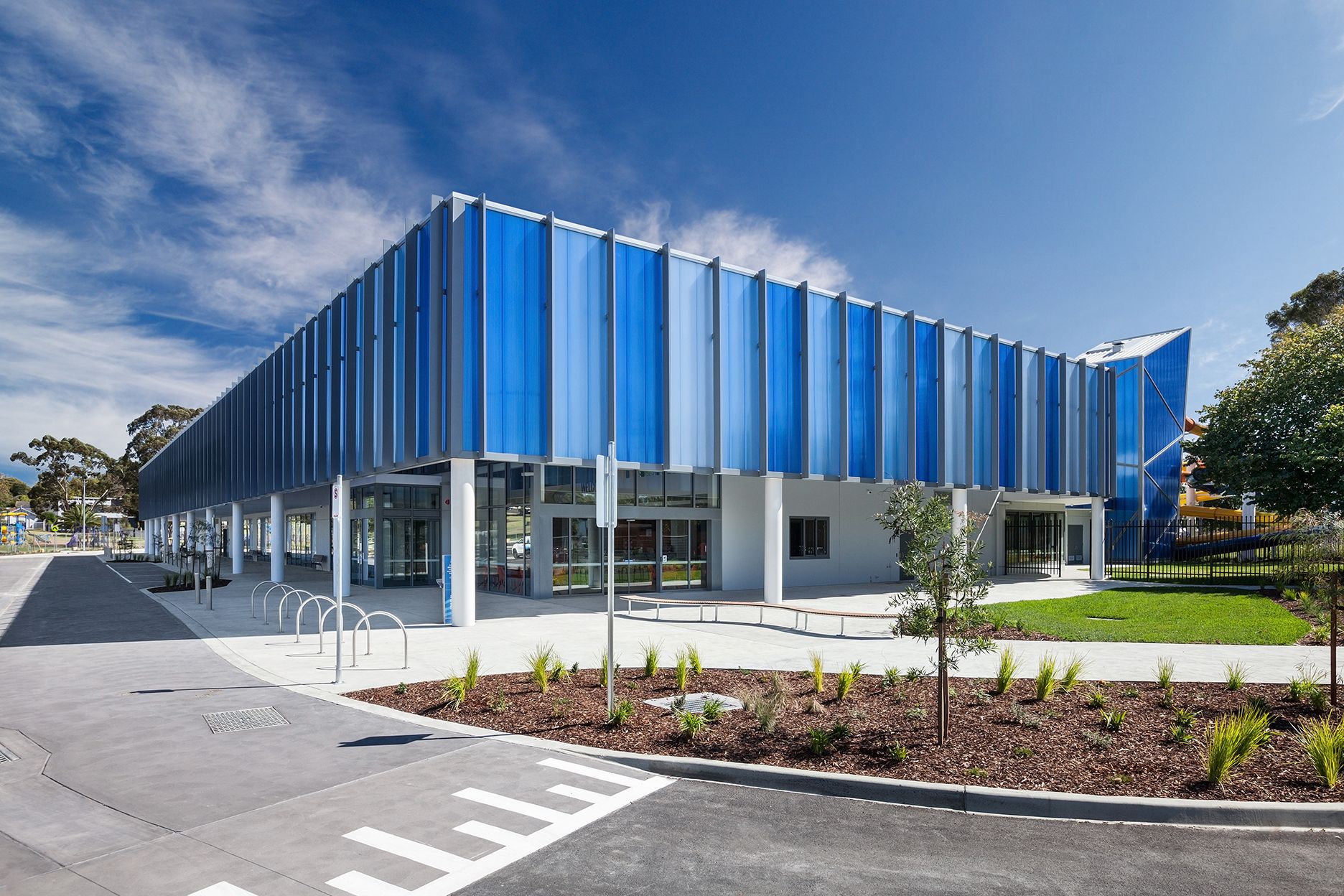Published 27 May 2022

Regional Councils across Australia are taking great strides in the aquatic sector, with new facilities opening, upgrades underway and future planning to meet growing community needs.
It is encouraging to see Councils embracing the Australian Water Safety Strategy 2030’s calls for improved access to pools, and upgrades to aging infrastructure.
Under the overarching vision "Towards a Nation Free from Drowning”, the Australian Water Safety Strategy 2030 outlines five priority areas: People, Places, Activities, Risk Factors, and Populations.
Below is a snapshot of some of the activity taking place across Australia led by Regional Councils in the past month.
The Goulburn Mulwaree Council is one Council with a new facility opening this month. Swimmers welcomed the upgraded Goulburn Aquatic and Leisure Centre, which reopened after a two-year, almost $30 million upgrade which included a $10 million grant from the NSW Government.
With the facility retaining the existing 50m pool, the aquatic centre now proudly hosts a new eight lane 25m indoor pool, a program pool, hydrotherapy pool, gym, water play area, change rooms and café which opens to Victoria Park and its spectacular rose garden.

Image Source: Goulburn Mulwaree Council
Port Macquarie-Hastings Council has also been busy, with the Council commencing the next stage of planning for the Port Macquarie Olympic Pool. A timeline and funding is still to be confirmed to rebuild the communities 56-year-old facility.

Image Source: Australasian Leisure Management
Port Macquarie-Hastings Council Group Manager Community, Lucilla Marshall, said the key consideration was to understand what elements should be included in the new facility. Extensive consultation with the community led to a 25-metre pool, an outdoor 50-metre pool, a compliant diving area and water polo components being added to the plans.
In Victoria, Hepburn Council published their Aquatic Strategy, a 10-year priority plan to guide the future direction for aquatic facilities and the community use within in the shire. The council is committed to Indigenous community groups located in the Dja Dja Wurrung country.

Image Source: Hepburn Shire Council
Also in Victoria, the City of Greater Geelong announced construction is about to start on the new outdoor aquatic Drysdale Sporting Precinct. The Precinct includes a $15.5 million heated pool, which will be suitable for family use, learn to swimming classes, school carnivals and exercise classes. The development also includes the planting of more than 100 trees and shade areas and 16kw solar system.

Image Source: City of Greater Geelong
In Western Australia, the Terry Tyzack Aquatic Centre – Inglewood in the City of Stirling, has just re-opened after completing stage one of refurbishment. Support from the Federal Government meant AE Hoskins Building Services could upgrade the indoors pools, plant rooms, changerooms and spa area.

Image source: City of Sterling
In South Australia, the State Government has committed $7.185 million towards the upgrade of the Salisbury Recreation Precinct with a matching amount coming from the council. The build features materials which reflect the soil, bark and eucalyptus of the environment.

Image source: City of Salisbury
In Queensland, Livingstone Council received a funding commitment for a redevelopment of the Yeppoon Aquatic Centre.
The $13 million upgrade includes:
- new 50m ten lane competition pool
- new amenities and administration area
- new disability access facilities
- new entry, pathways, and additional on-site car parking
- new health and wellness centre
- new community hall

Image Source: Michelle Landy MP
In the Northern Territory, Katherine Town Council has secured bipartisan support for a $10 million upgrade to Katherine Aquatic Centre which would go towards delivering an upgraded 50-metre, eight-lane swimming pool and a new splash park.

Image Source: Belgravia Leisure
Similarly, the George Town Council in Tasmania has secured bipartisan support for a $15 million upgrade to the George Town Swimming Pool.

Image source: EvoHeat
Regional centres are at the heart of the Australian Water Safety Strategy 2030, and regional councils are embracing the community’s requests for improved, accessible aquatic facilities.
Convenor of the Australian Water Safety Council Justin Scarr said the Strategy encourages extension of services, as well as innovative approaches such as the use of drones and emergency stations in remote locations.
“Water safety is everyone’s responsibility, and the strategy outlines what water safety organisations, councils and community members can do to help,” Mr Scarr said.
“We acknowledge the long-standing support of the Federal Government in reducing drowning in Australia.”
Each year more than 280 people die due to drowning, with many more admitted to hospital following a non-fatal drowning incident. Two-fifths of drowning deaths occur in coastal environments (beaches, ocean and rocks), 36 per cent in rivers and lakes, and 61 per cent outside major cities. Males drown at a rate four times that of females. One-year-old toddlers record the highest drowning rate of any age.
Have we missed your aquatic project that you would like to highlight?
Royal Life Saving are always on the lookout for stories to tell of the aquatic industry and the need for infrastructure to enable a water-loving nation free from drowning.
Please contact aquatics@rlssa.org.au if you’d like to highlight your project in national aquatic industry news.
